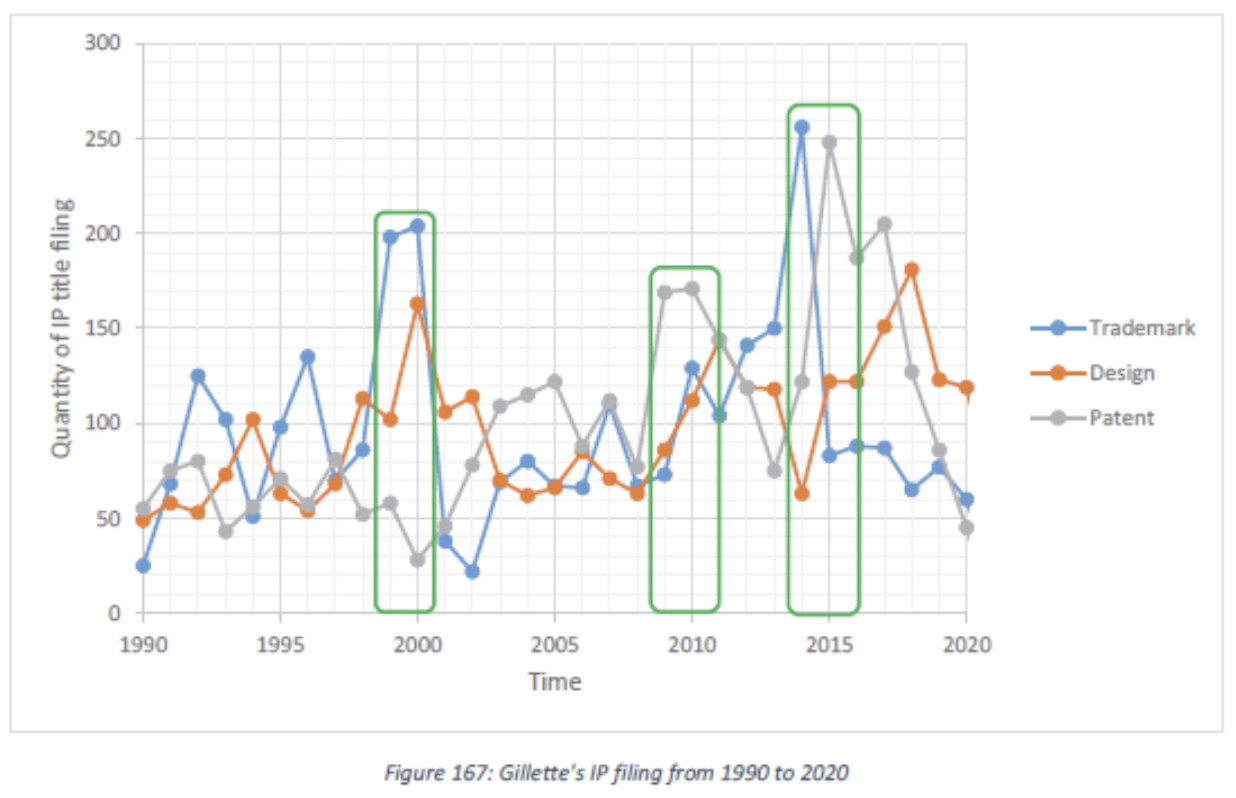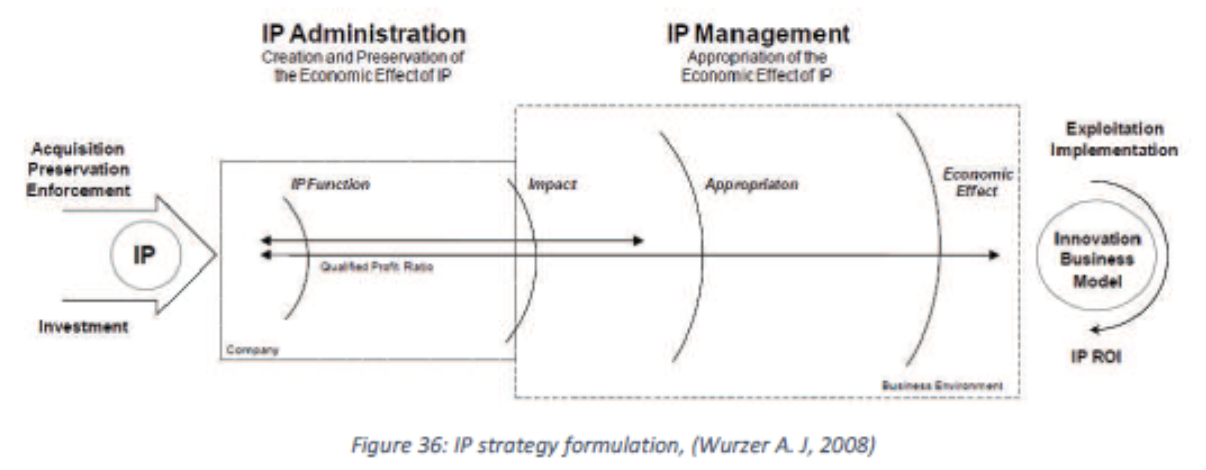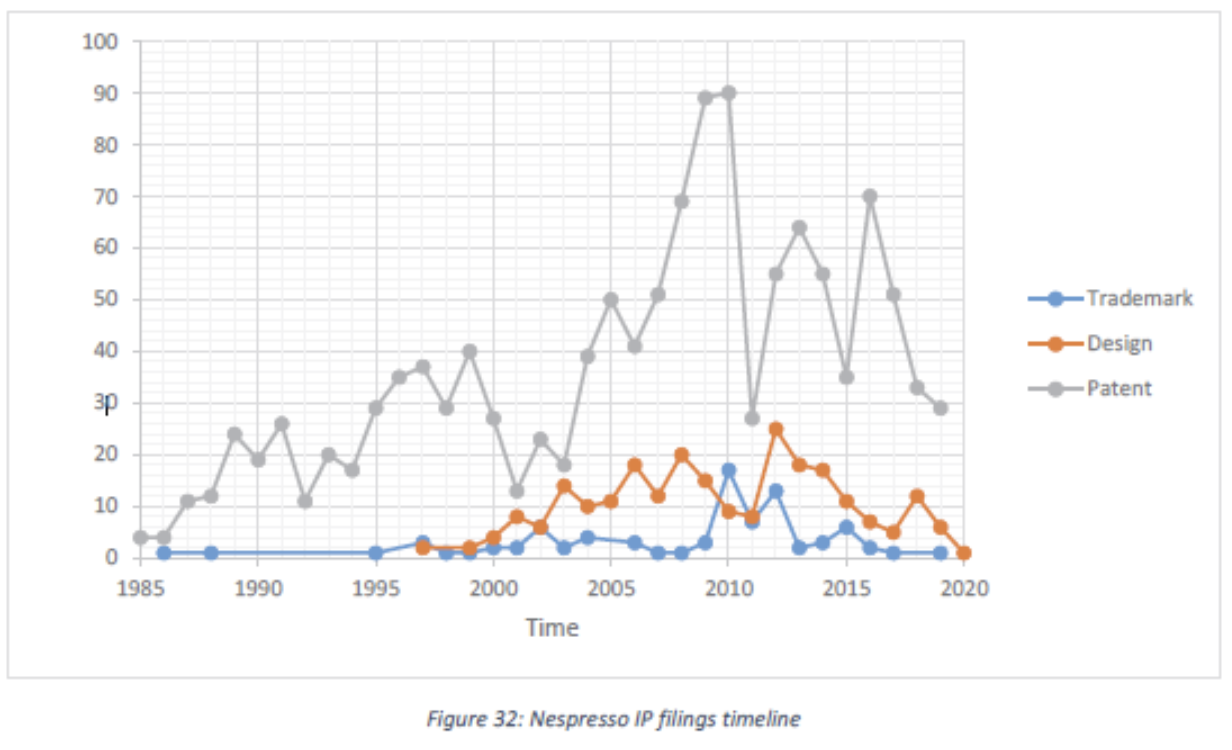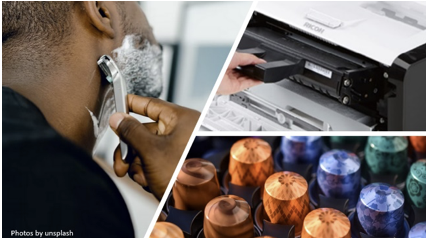IP strategies for Razor-razorblade from Gillette to Canon and Nespresso: New research project at MIPLM
The Razor and Blade Business Model – also known as the bait and hook business model – is a very well established and famous business model around the world. Companies like Gillette, Canon, Nespresso, and many others have been successfully using it. The Razor and Blades Business Model is the strategic positioning of one product as free or complimentary in order to boost the sales of the actual revenue generating product.
With the recent explosion of information and telecommunication technology, globalization, the internet etc., the world’s knowledge is very accessible, which supports a perfect competition behavior within the market, that is not favorable for the economy. Intellectual Property (IP) is the main legally enforceable means for a company to ensure a sphere of exclusivity around its activities and accordingly, it allows drawing a distinction with perfect competition. The unique positioning that IP allows creates a competitive advantage that shall support a company’s business model and more specifically, its sustainability and value creation.

Acknowledging this context, the following problem arises: How do companies concretely use Intellectual Property to enhance a certain exclusivity in their business model? This research work focuses on a well-established business model that exists since the beginning of the twentieth century: the razor-razorblade model. This business model consists in selling at a low margin a tool that is usable with appropriate consumables that are sold separately with a high margin. Upon the large variety of business models, this one has been selected for its maturity and the multiple well-defined examples across the industry, notably – and where its name come from – the razor industry, but also the inkjet printer industry as well as the coffee capsule industry.

This research work approaches the matter with both quantitative and qualitative data. Firstly, for quantitative data, the number of filings per year describes a company’s behavior towards the period’s context. Secondly, for qualitative data, the metadata accessible from intellectual property titles allows an observable granularity in IP portfolios that improves analyses of prominent industries using the razor-razorblade business model. Lastly, from the learnings of the two approaches proposed above, this research work gives a comprehensive understanding of the main IP strategies that are applied by well-established and successful companies in the razor-razorblade business model in order to give guidelines and best practices to companies which may apply this business model.

The research project was conducted by MIPLM graduate Martin Reynard and supervised by Prof. Dr. Alexander Wurzer and Dr. Thibaud Lelong both CEIPI.
 Martin works as intellectual property engineer at ARaymond, Raygroup SASU an automotive supplier in Germany. Before he was project manager and intellectual property referent at ARaymond, Race EURL in France. He holds a Master’s degree in industrial design and mechanical engineering for ergonomics.
Martin works as intellectual property engineer at ARaymond, Raygroup SASU an automotive supplier in Germany. Before he was project manager and intellectual property referent at ARaymond, Race EURL in France. He holds a Master’s degree in industrial design and mechanical engineering for ergonomics.
In 2021, Martin undertook the Master of Intellectual Property Law and Management at CEIPI, University of Strasbourg.
Here is a description of the research project:



